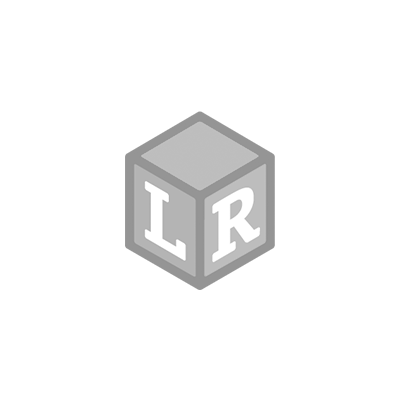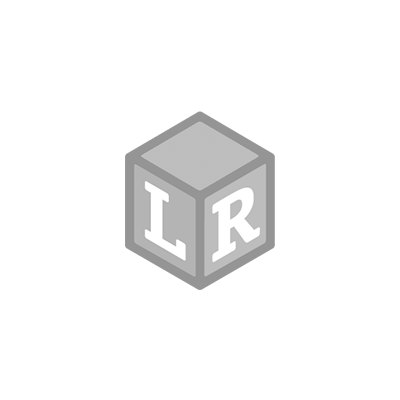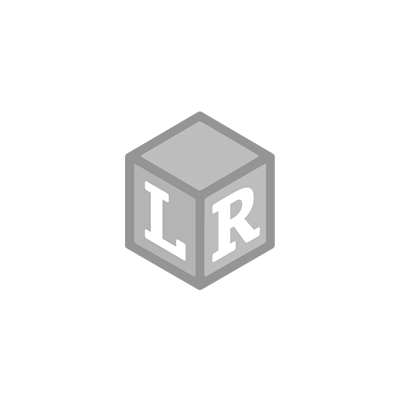DIY Math Bowling
- Gabrielle Fischer Posted On Feb 24, 2017 | Math
Unlike sneaking vegetables into their meals, getting math into children’s activities can be simple. One way to build children’s competence in math at home is by playing games. One game that is great to play is math bowling.
All you need to make a bowling set is a ball and materials that are headed for the recycling bin. Decorate the bowling pins as fun characters or objects children like to see getting knocked over, and they might not even notice the math being snuck in there.






From recycling bin to bowling pin
- Some ideas to use as bowling pins: Ten empty water bottles…or mac and cheese boxes…or quart-size milk cartons; anything tallish that stands steadily yet can be knocked over by a ball.
- What you can use to decorate them: Markers, paint, glue, construction paper, tape, googly-eyes, ribbons, bells, pipe cleaners

- Decide with your child what you will make the bowling pins look like. Just numbers? Flowers?


- Set up your pins and you're ready to go!

- Choose a ball with a bit of weight as it will work best. Are all your balls outdoor balls and you want to bowl indoors on a rainy day? You can always use a pilates ball in a pinch.

Time to do math…um…bowl!
- Count each pin together out loud as your child is setting them up. Can you feel the one-to-one correspondence skill developing already? Ask how many pins are standing and reinforce by repeating, “There are ten pins.” You can start off with fewer pins and work up to ten if you’d like.
- Then have your child roll the ball at the pins to try and knock them over.
- Help your child think of math situations from different perspectives. You don’t have to go through all these perspectives every time your child rolls the ball, but it’s good to change up how you approach each situation. This teaches your child different ways to approach the same math problem and reinforces math concepts.
- “Eight are still standing! How many did you knock down?” (10 – 8 = 2)
- “Eight are still standing! Let’s stand up these two. How many do we have all together? (8 + 2 = 10)
- “You knocked down two!” How many are still standing?” (10 – 2 = 8)
- “Eight are still standing? Let’s knock them all down! How many did we knock down in all?” (2 + 8 = 10)
Seeing the written math
Think of other ways to incorporate number concepts or to customize bowling for kids with more math literacy.- Write the numbers 1-10 on index cards. Use them as you talk about how many pins have been knocked down or are standing.

- Write all the various subtraction or addition sentences on index cards. Refer to them as you talk about the pins.
- Ask your child to pick a written math equation that matches what happened to the pins. Have your child explain why it is a match. Remember that more than one can fit each situation.
- Have your child pick a card and challenge them to knock down that many pins in three tries or fewer. If your child knocks down more, ask which card shows how many more were knocked down.
 Shop UK Site
Shop UK Site 



































